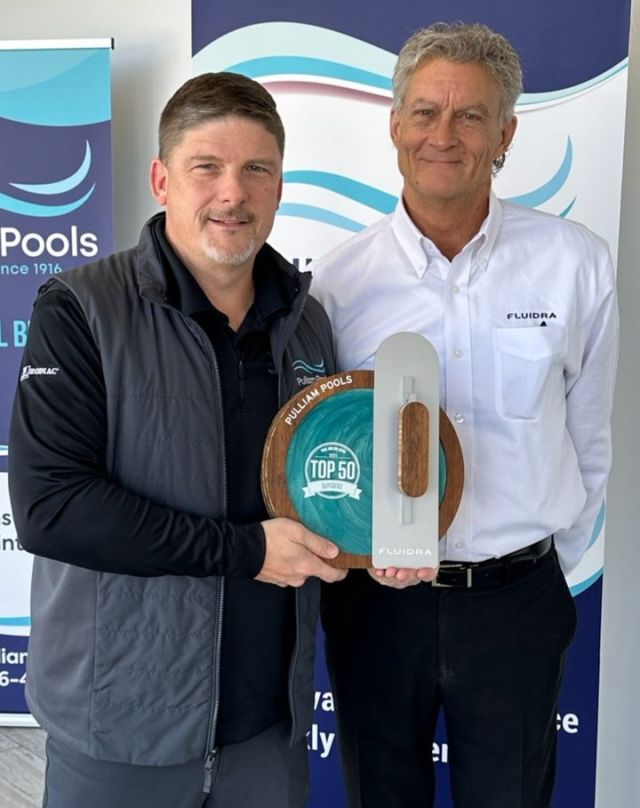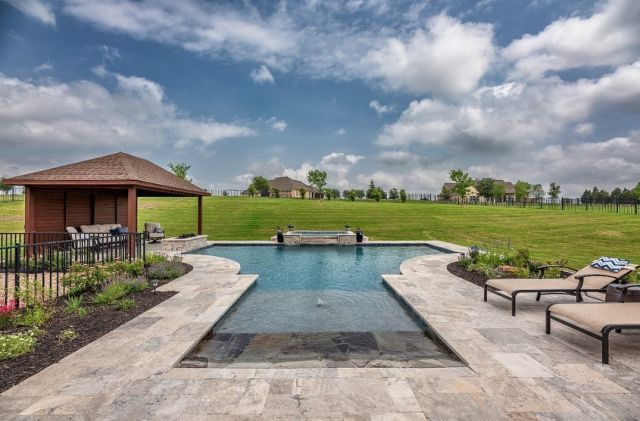What Is a Variable Speed Pump?
As a Fort Worth pool owner, you want to make sure that your pool is running as efficiently as possible in terms of energy usage and costs. A variable speed pump can be a cost-saving option to consider. A variable speed pump is one that can be run at different speeds in order to use only as much energy as is absolutely necessary to effectively filter your particular pool. In contrast, a traditional pump runs at only one set speed, whether necessary or not. There are many different brands and types of variable speed pumps, some of which run at two or three speeds and some that offer up to eight! Many are even programmable, which makes them a cost-effective option for fully customizable functionality.
Does a Variable Speed Pump Make Sense for You?
The decision of whether or not to purchase a variable speed pump is not an easy choice for many pool owners. The first thing you need to look at when considering a variable speed pump is your energy bill. If you are spending more than you think you should to run your existing pool, consider going with a variable speed pump. Since these pumps run at various speeds, they will use less energy than a traditional pump that runs at full speed all of the time. This change could reduce your pool energy costs by 50% or more!
The other factor to consider is the upfront cost of a variable speed pump. The trade-off may be well worth it when you weigh the long-term savings against the initial cost. To help you decide, visit the websites of manufacturers of variable speed pumps such as Hayward or Pentair and use their handy energy savings calculators. You will need to provide some specific information such as the gallon size of your pool and your zip code (to determine local average energy costs per kilowatt/hour). Next, calculate how long it would take for your estimated energy savings to equal the cost (or the additional cost over a traditional pump) of the variable speed pump. If you want to get really analytical, take the average lifespan of the variable speed pump, subtract the time you just calculated to recoup expenses, and multiply the remaining time by your estimated yearly energy savings to find out the grand total that you can save over the life of the pump!
Many owners of existing pools see a clear-cut benefit in replacing traditional pumps with variable-speed ones. If you’re considering upgrading an older pump to a variable speed pump, call the pool equipment professionals at Pulliam Pools. Our experienced representatives can help take the guesswork out of which pool pump will best meet your needs!
About the Company
Pulliam Pools is a pool builder, pool renovation, and pool service provider serving Ft. Worth, Keller, Weatherford, Southlake, and the surrounding areas since 1916. Pulliam Pools is a locally and nationally recognized pool builder and pool designer, having consistently been named to the Top 50 Pool Builders by Pool & Spa News magazine, providing quality construction and superior customer service for more than 100 years.




